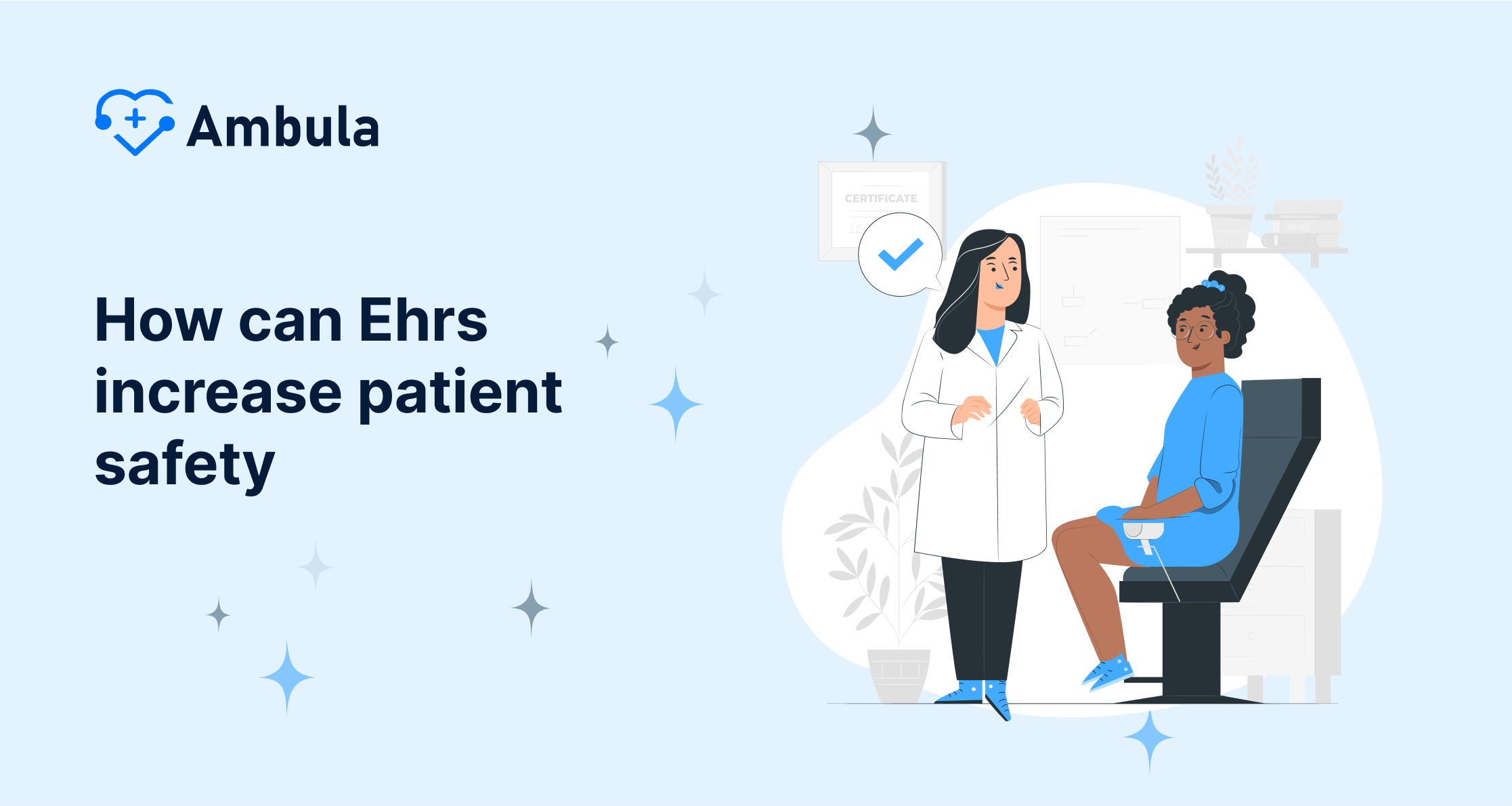
Patient engagement is vital in delivering high-quality healthcare since it allows patients to have a good experience with their care and be actively involved. Successful patient engagement methods can improve patient outcomes while strengthening the relationship between healthcare professionals and patients.
This article explores patient engagement strategies that healthcare organizations can use to improve patient satisfaction and foster better communication between providers and patients. We discuss vital processes, such as patient education, healthcare provider feedback, and patient–centered technology, and how they can help to create a more collaborative and practical patient care experience.
- Establish a Patient-Centered Approach
- Offer Education and Support
- Use Technology
- Focus on Quality
- Encourage Patient Feedback
Establish a Patient–Centered Approach
One of the most effective strategies for engaging with patients is to create a patient-centered approach to care. Healthcare providers should focus on understanding patients’ needs and preferences and tailoring their strategies accordingly. Providers should strive to create a supportive and collaborative relationship with their patients based on trust and respect. This can involve listening to their patient’s concerns and questions and providing clear and understandable explanations.
Offer Education and Support
Healthcare providers should strive to provide patients with the education and support they need to understand their health conditions and make informed decisions about their care. This can involve providing information about the situation, explaining the available treatments, and helping patients understand each option’s risks and benefits. Providers should also ensure that they are readily available to answer any questions or address any concerns that patients may have.
Use Technology
Technology can be a powerful tool for engaging with patients. Providers can use online patient portals to communicate with patients, offer remote monitoring, and provide educational materials. They can also use mobile health applications, which enable patients to track their health data and connect with their providers.
Focus on Quality
Focus on Quality is integral to patient engagement, as it helps ensure patients receive the best possible care. Quality care involves providing timely and accurate care and ensuring that patients’ needs are addressed promptly. Healthcare providers should strive to provide a high level of care and an exceptional patient experience, from initial contact to follow-up care. Quality care should also involve engaging with patients and meeting their individual needs, and offering education and support to help them understand their health conditions and make informed decisions about their care.
Encourage Patient Feedback
Encouraging patient feedback is an essential strategy for engaging with patients. Patient feedback can provide valuable insights into how healthcare providers can better meet the needs of their patients. Providers should regularly ask for patient feedback and use it to improve their services continually. This can involve sending out surveys to patients, hosting focus groups, and providing opportunities for patients to give feedback on their experiences. Patient feedback can also help providers understand their patients’ needs and tailor their approach accordingly.
By implementing these strategies, healthcare providers can ensure they provide the best possible care for their patients. Patient engagement is an integral part of providing quality healthcare, and these strategies can help to ensure that patients have a positive experience and




